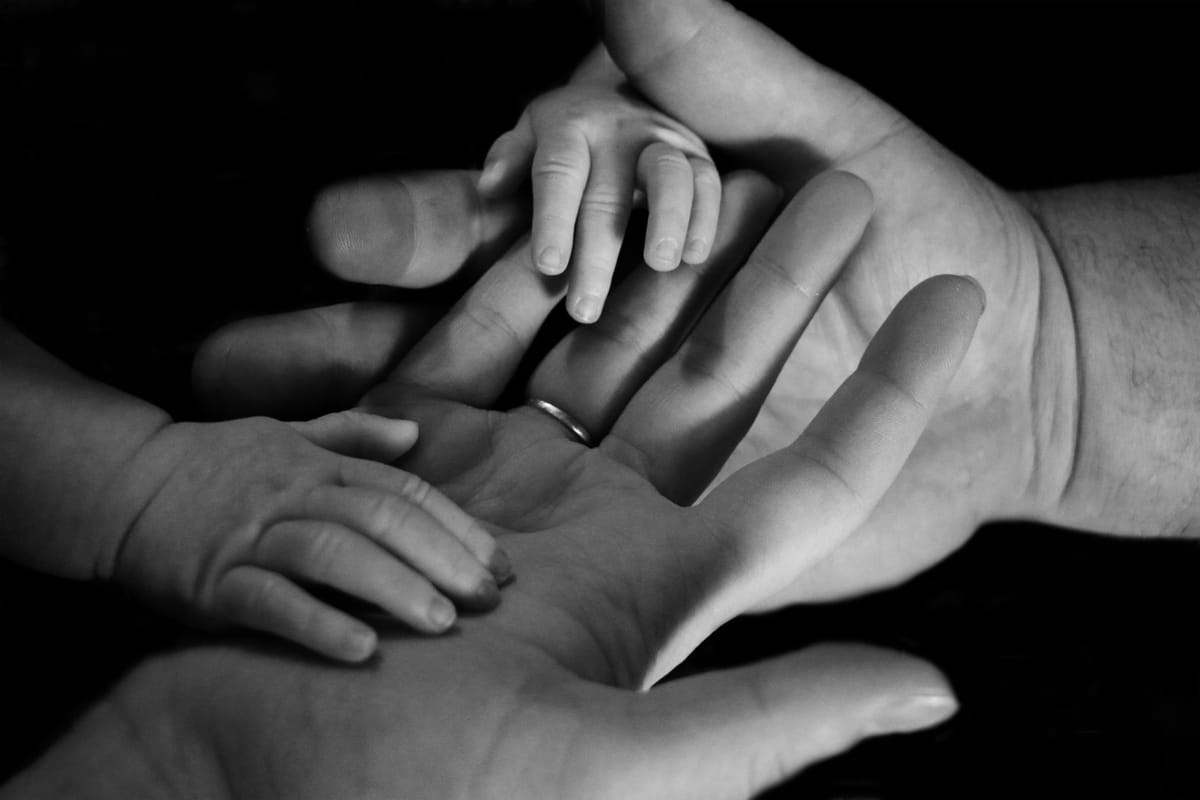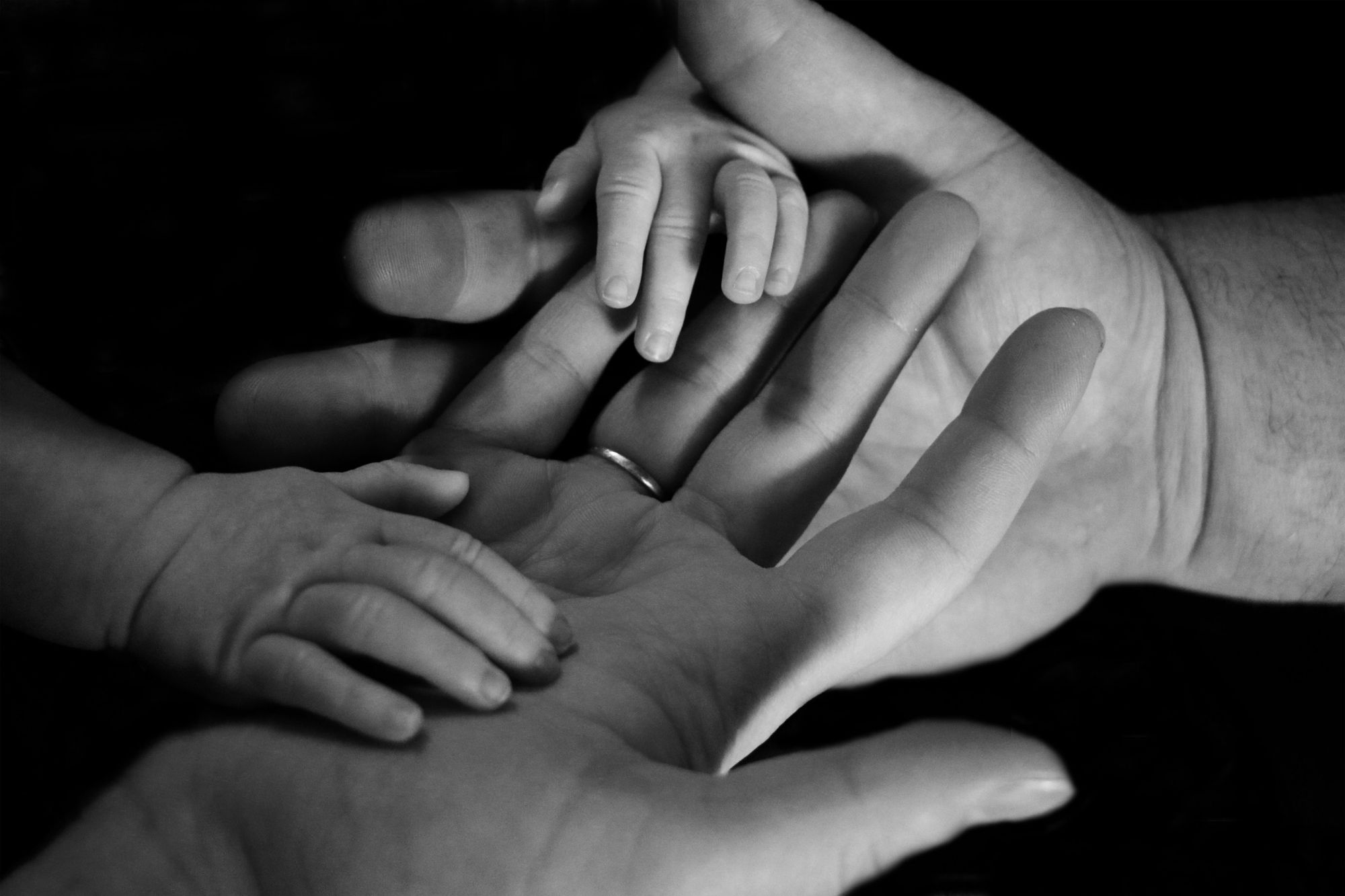Life in Limbo: The Interminably Slow Pace of Adoptions


The story of Michael Orlando Clark, Jr., a Michigan kindergartener who invited his entire class to his adoption hearing, went instantly viral. Michael and his new parent’s mutual joy at becoming an “official” family was obvious, and infectious. On Friday, Bill Clinton tweeted his congratulations, calling the story “beautiful” and saying that “our country could use more of it.” He also took the chance to tout his landmark legislation, the Adoption and Safe Families Act (ASFA), which set timelines by which children in foster care must either be reunified with their families or begin the process of becoming “freed” for adoption.
ASFA is a federal law, and thus applies equally to all states. Yet more than 20 years after its passage, how long any particular child spends in foster care varies widely from state to state. In Michigan, where Michael was adopted, a child adopted out of foster care has spent an average of 28 months in foster care before their adoption is finalized. In New York, a child adopted out of foster care has spent an average of 50 months, or more than four years, in foster care prior to their adoption. One aspect of the reason for this vast difference is the backlogged, overloaded family courts, which are particularly a problem in New York City’s five boroughs.
David (not his real name), a former foster parent, laid out a timeline for me of how the court’s scheduling delays impacted his family’s ability to adopt his daughter from foster care. He and his wife were committed to helping their foster daughter reunify with her mother if that were possible, but after they had fostered their daughter for three years, her biological mother said that she wanted to surrender her rights and have them do an “open adoption” where she’d still have contact.
Despite the fact that everyone agreed to move forward with this plan, the case wasn’t scheduled to be heard for another seven months, so the mother’s “intent to surrender” form wasn’t submitted for over half a year. The next date that the court had available was four months after that, and so another four months passed before the “official” surrender was signed. On the day that she signed the official surrender of her rights, the girl’s biological mother gave what David described as an “impassioned speech” to the judge about how much she wanted her daughter to be adopted by David’s family.
David assumed that the adoption date would soon be set. Four more months passed, and they heard nothing. He learned in February that their foster care agency hadn’t even started the process of filing the adoption paperwork. At that point, he and his wife spent $2,000 to hire their own attorney —an expense that foster parents are not supposed to bear—which, as he put it, “inspired the agency to move forward.” After all the adoption paperwork was finally completed, their adoption hearing was set another three months out.
The bar for tragedy in family court is high, and the extra 22 months that his family spent in limbo—even after the girl’s biological mother began pushing for the adoption herself—may not sound particularly important. They did, after all, eventually get their adoption day, just like Michael’s family. But the delays matter, and can have negative psychological effects on children.
While the distress may be especially acute for foster children, who don’t know if they’ll go back to their families of origin or not, children who are the subjects of custody battles or child support cases are likewise impacted by the slow pace of justice in New York’s family courts. The National Council of Juvenile and Family Court Judges published guidelines in 2016 reminding attorneys and judges that “[s]hort periods of time for adults seem interminable for children . . .[w]hen litigation proceeds at what attorneys and judges regard as a normal pace, children often perceive the proceedings as extending for vast and infinite periods.”
Rebecca Winkel, a current Brooklyn foster parent, has written vividly about the effect the delays have had on her own foster child, who she refers to by the pseudonym “Sandy.” She describes how at daycare, her foster daughter “will frequently collect all of the toy dolls that wear suits and label them caseworkers and have them make decisions for the other dolls.” In the same article, she asked: “If only the judge would spend a few days with Sandy and listen to her self-talk and watch her pretend play, surely she’d find more than an hour every three to four months to hear trial testimony, right?” That speed—an hour of testimony every few months—is typical of family court trials, and means that finishing the testimony of a single witness can take six months, or longer. She published this article three years ago, and her daughter remains in foster care.
Of course, the issue is much larger than delayed adoptions. Family court delays also impede a foster child’s ability to return to their family of origin, a domestic violence victim’s ability to get an order of protection, or a couple’s ability to resolve who will have primary custody of their child. In 2015, numerous organizations serving clients impacted by the epic delays banded together to create the Coalition for More Family Court Judges. The coalition released a video that included interviews with a woman charged with child neglect whose case was ultimately dismissed, but not until her son had spent two years in foster care, as well as with a domestic violence victim, whose case also took over 30 appearances and over two years to successfully get an order of protection.
Though the Coalition was successful in its mission to get additional judgeships (nine in New York City), the available data is unclear that this increase has meaningfully impacted the delays. The New York Unified Court System is in its third year of its “Excellence Initiative” program, which it describes as a “comprehensive effort to improve the courts’ ability to ensure the just and expeditious resolution of all matters.”
“Standards and goals”—i.e., the measure of what counts as “expeditious”—is 180 days for family court cases. The number of cases pending over 180 days has grown by 3% between 2015-2018. Another annual report that examines court data stated that “outside of New York City, only 4% of cases are outside of standards and goals.” It does not provide details about the percentage of cases above that standard in New York City, but states that the City is “holding its own, despite a surge in neglect and abuse cases, among the most difficult cases handled in the Family Court.” (What “holding its own” means, is, apparently, up to the reader to interpret.) Judge Mendelson, the chief family court judge from 2015-2017 declined to comment, and Judge Ruiz, the current administrative judge, was not immediately available for comment.
Though Michael would have likely been in second grade, or older, if he was a New York foster child rather than a Michigan foster child by the time his adoption day came, there was one striking parallel between the Kent County adoption day celebration and the one in Brooklyn: exactly 37 children were adopted at each. This symmetry is surprising, given that there are about 900 children in Kent County’s foster care system and 8,300 in New York City’s, a substantial portion of whom are in Brooklyn. Of those children featured in THE CITY’s coverage of the event, all of them had been in foster care for at least two years, and some for over four.




